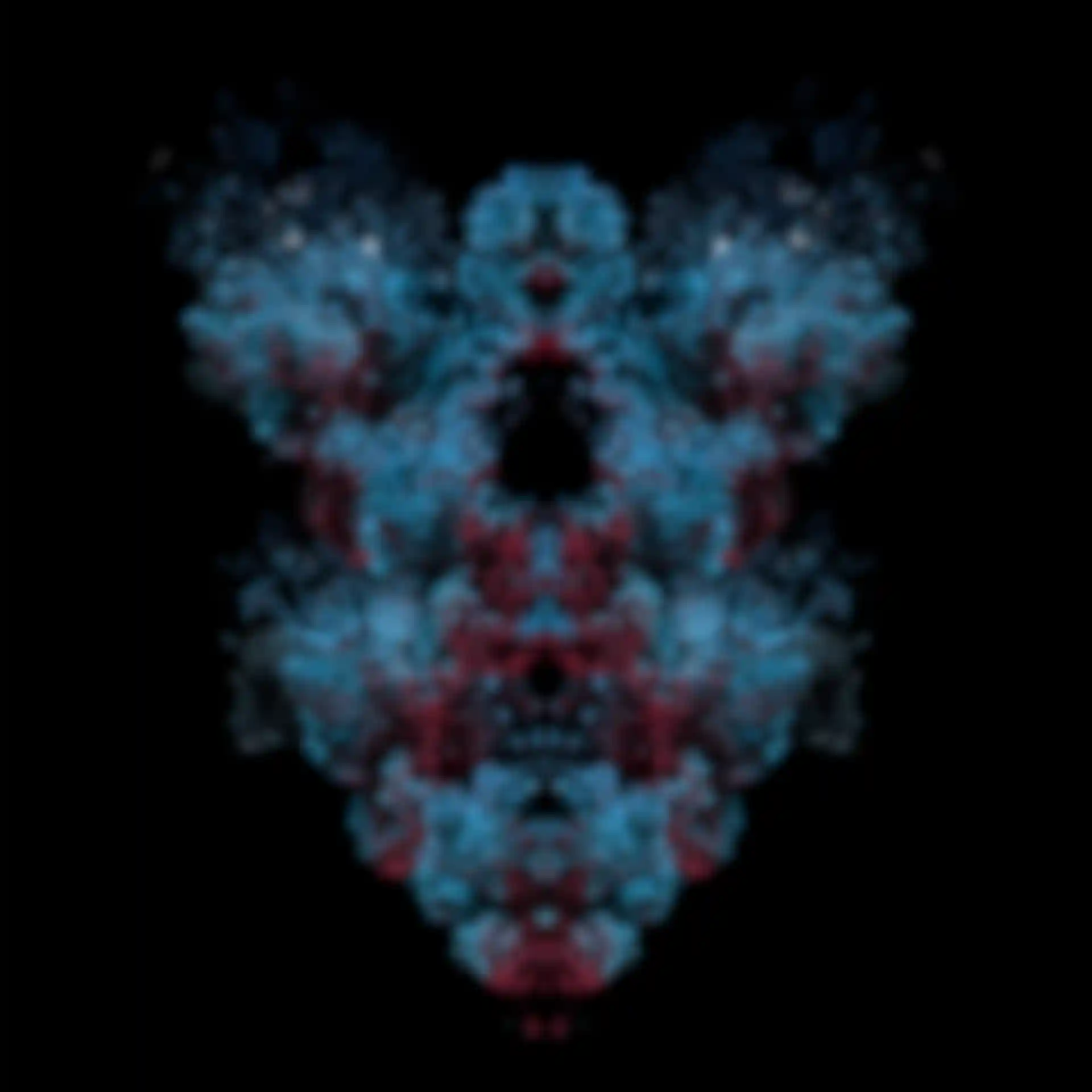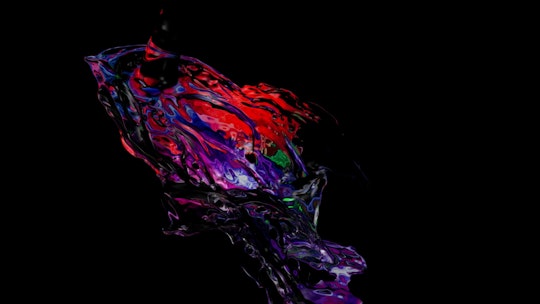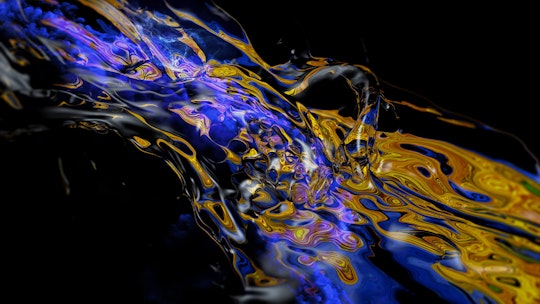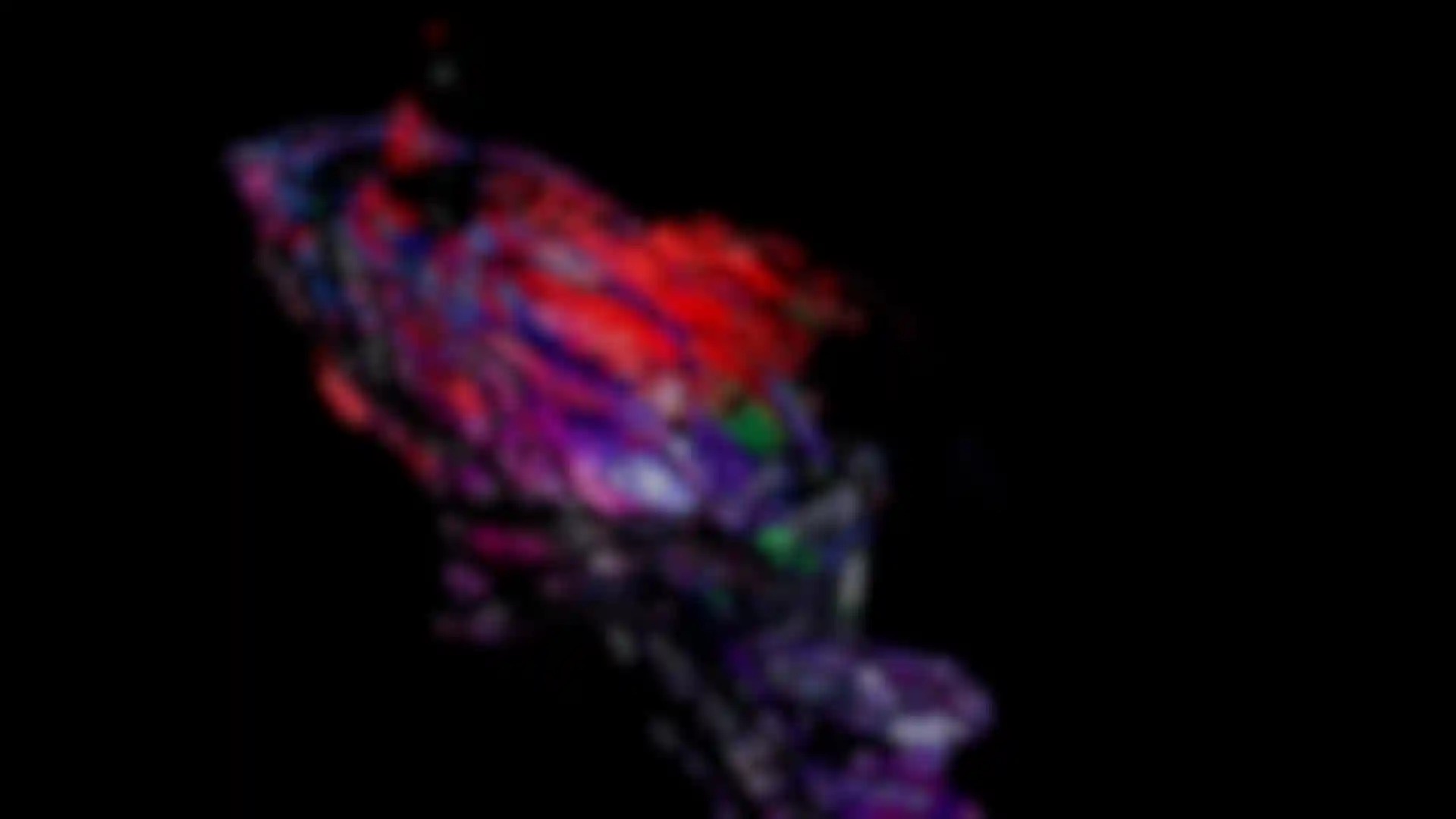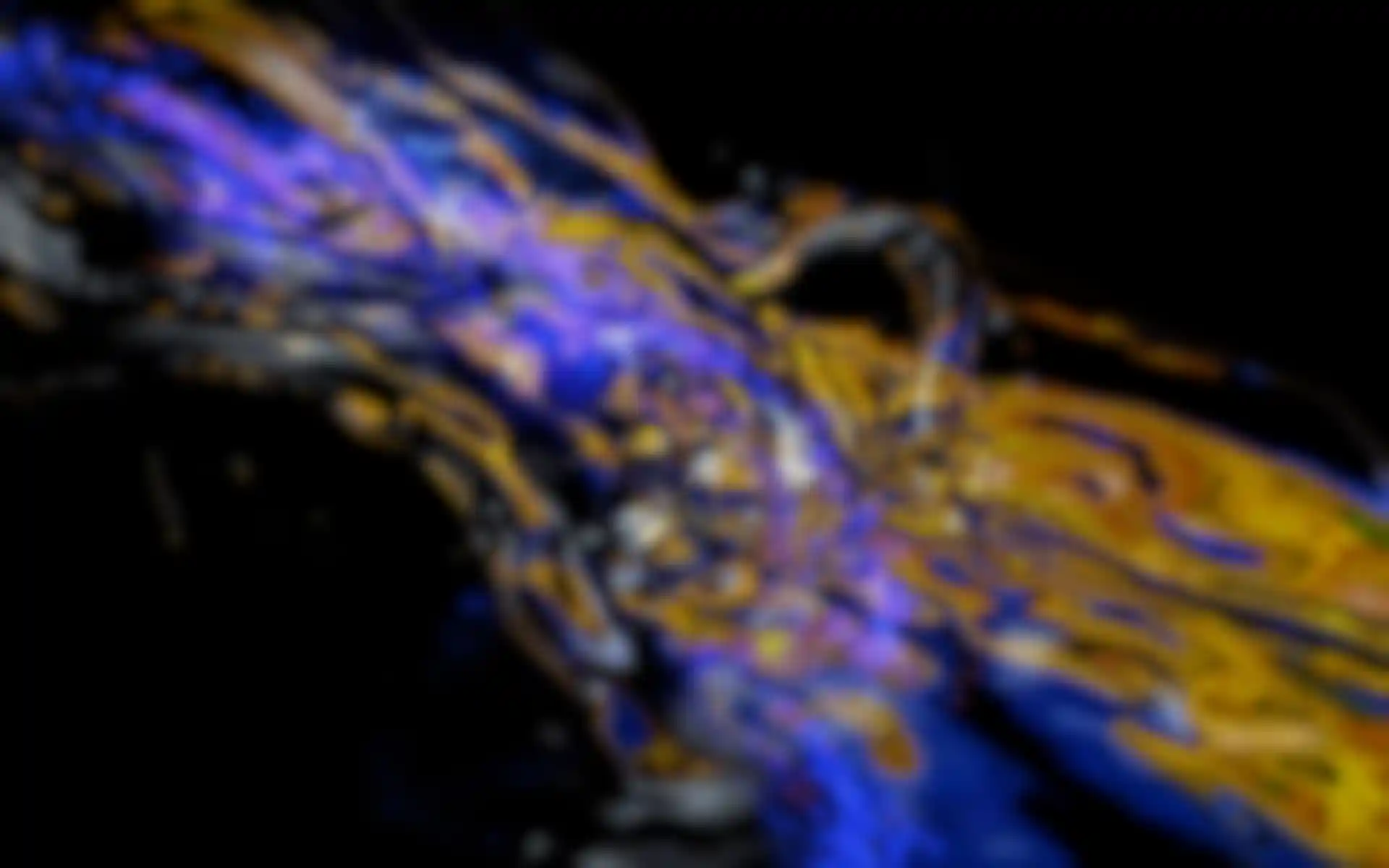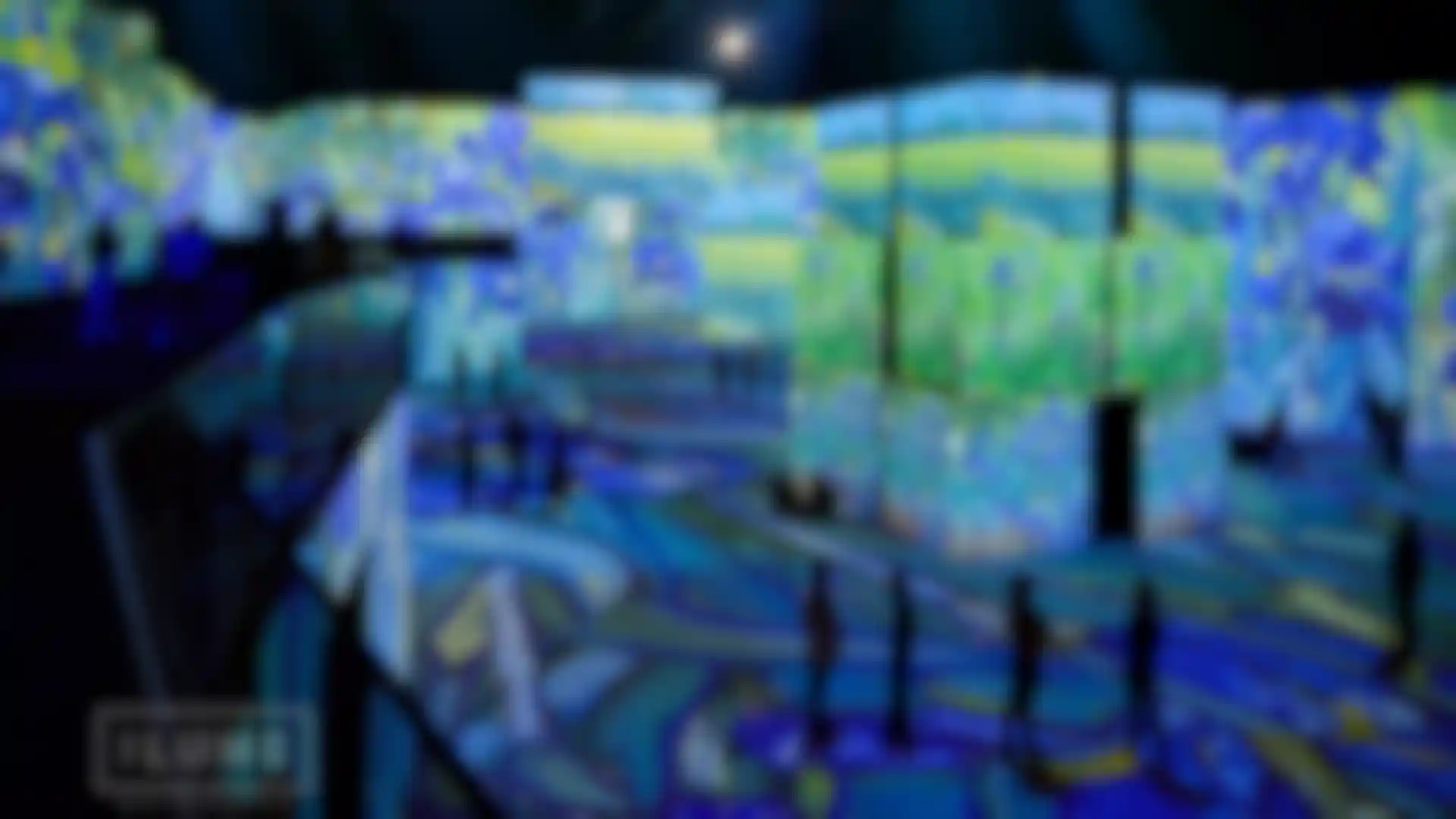
The Making of “A Colourful Dream” How artist Mark Patch used Cinema 4D to imagine the dreams of Vincent Van Gogh.
Graphic Designer, Animator, Storyteller and Exhibition Artist Mark Patch is driven by a creative fascination with patterns and a love of work that “mesmerizes the soul of the human being.” His latest project, “A Colourful Dream,” is a large-scale animated featurette that forms part of the recently opened Van Gough immersive multi-screen experience at THE LUME Melbourne.
A permanent 2,000-square-foot immersive gallery featuring 150 projectors, THE LUME is designed to give guests the feeling of being a part of the artwork all around them. Patch’s “A Colourful Dream,” was made using a combination of Cinema 4D, After Effects, X-Particles, RealFlow, Cycles 4D and Redshift.
Patch found his way to installation work after a career as an art director and artist doing 2D, 3D and VFX. After moving from the U.S. to Australia, he worked as creative director and lead animator for Grande Experiences and senior artist at 77 Productions. Clients included: Imagination, McCann, Airbag, Method Studios, Federation Square, Sydney Opera House, Telstra and Mecca Cosmetics.
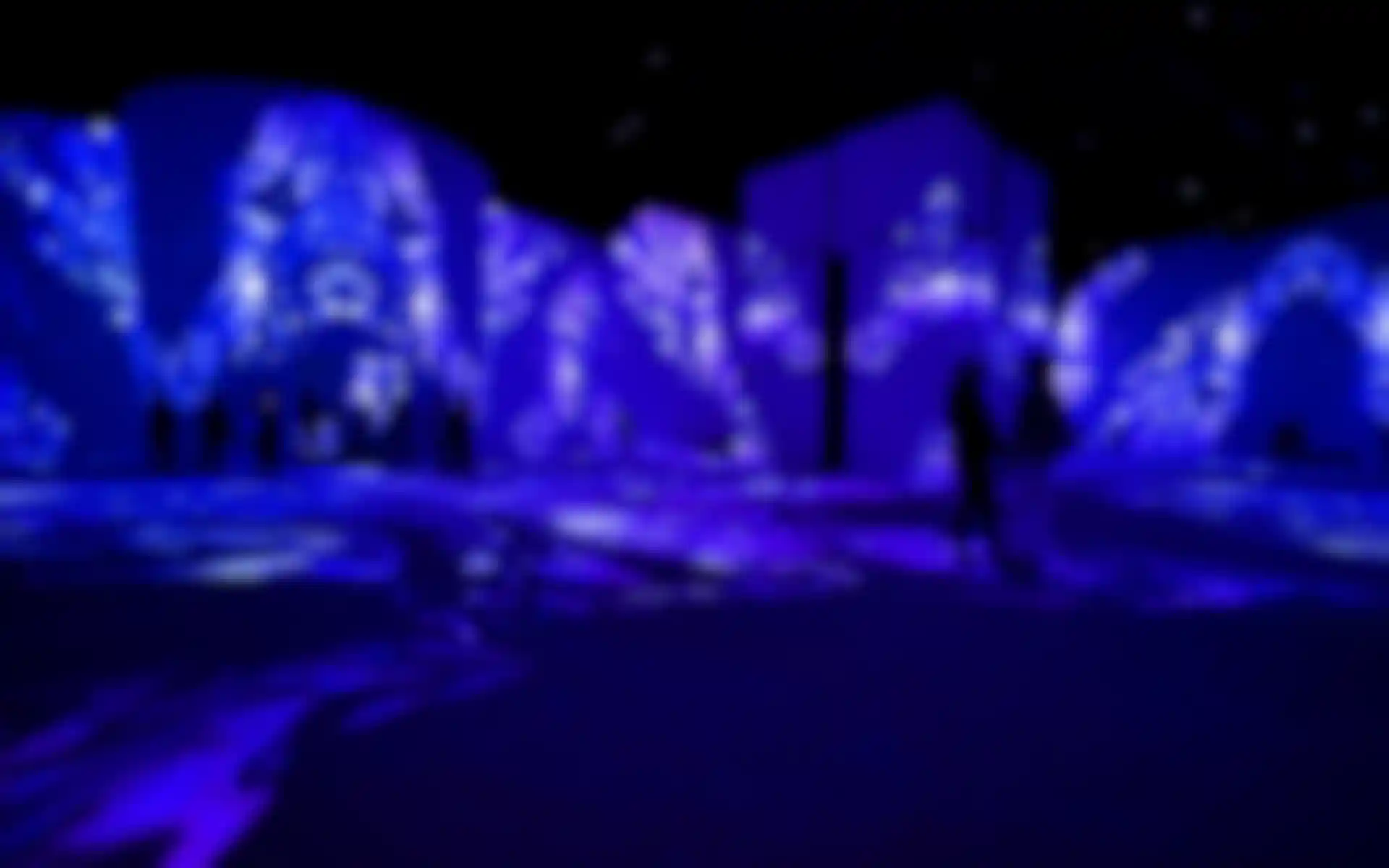
Now based in Florida, he works under his artist name, Akult, focusing on exhibition and installation media, and finding time to create NFT artworks. We caught up with Patch to ask about his Van Gogh-inspired installation. Here’s what he had to say.
What is it that attracts you to installation projects?
Patch: Since I was young, I have always been fascinated with the spell-like reaction that happens to an audience when they’re in immersive spaces, exhibitions and museums. As I grew into an artist, storyteller and animator, I quickly fell in love with working out how to use movement, sound and color to move an audience emotionally.
Tell us about your creative approach and what inspires you.
Patch: I was fascinated by patterns in nature that looked like faces or animals from a very early age. I continuously found meaningful patterns in meaningless visual noise, and I couldn’t believe the complexity of what I was seeing. It became a daily activity for me to try to draw what I saw in nature and in my dreams.
As I got older, I learned that this visual experience is called apophenia or patternicity, which was coined by German neurologist, Klaus Conrad. That’s been the driving force and creative inspiration for my work, and that influenced the visual direction of “A Colourful Dream.”
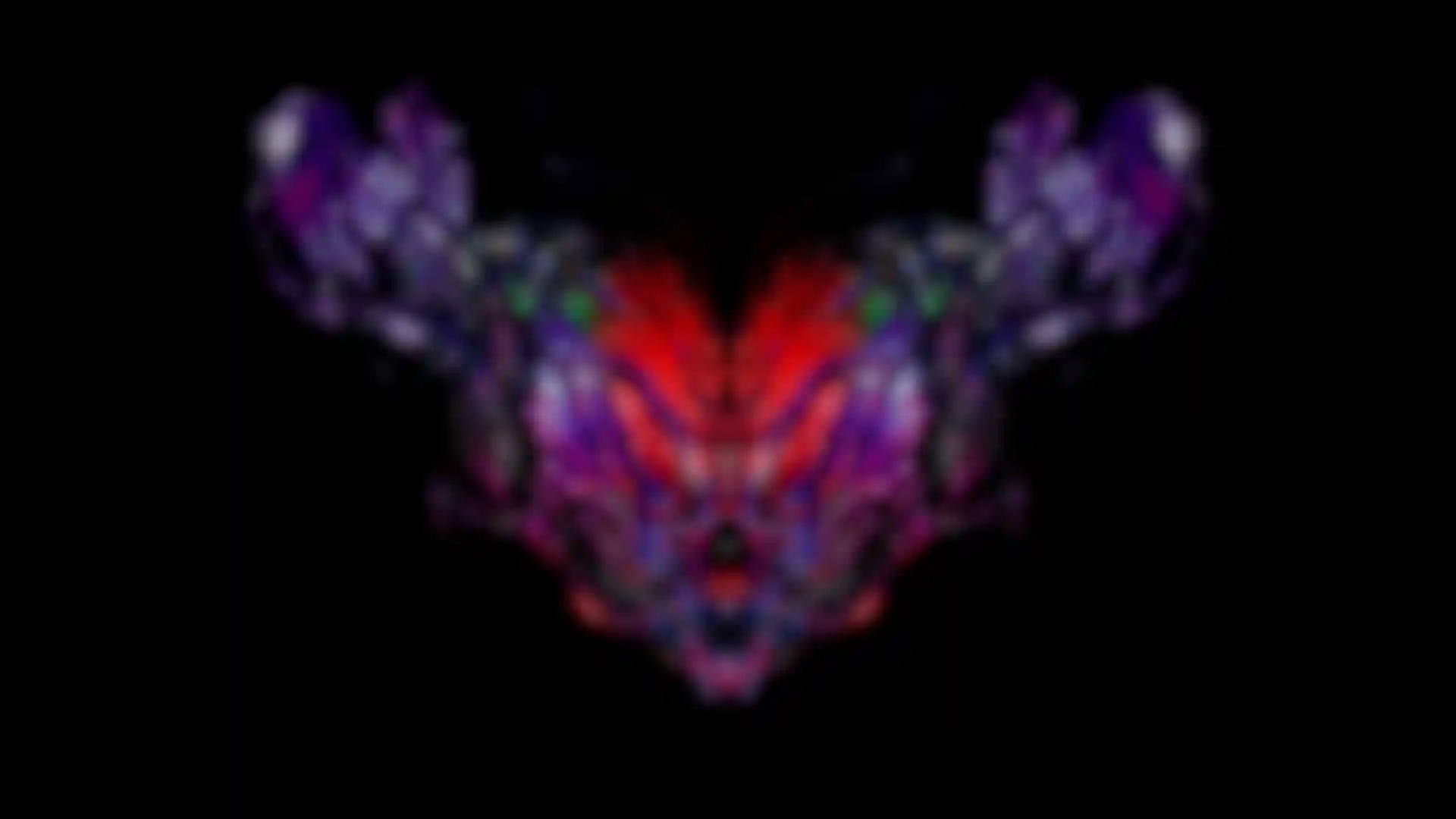
How did you get involved with the installation for the Van Gogh experience?
Patch: I was working with 77 Productions in Melbourne when Grande Experiences, producers of The LUME, asked me to pitch an idea for the Van Gogh experience, part of THE LUME Melbourne’s Digital Arts Program. My manager at the time knew that I helped lead Da Vinci Alive while at Grande Experiences, so he trusted me with the commission.
The brief was to create a five-minute story about Vincent Van Gogh without showing his work. When I first started creating some mood boards to find possible directions, I found a photo of a large, wet, flat stone on a table that had five different colored stones ground on top of it, making beautiful pigments.
The binding and mixing of oils and pigments from the earth on flat, smooth stone was a technique commonly used by artists for centuries to create a wide spectrum of colors. I couldn’t get it out of my mind, so I pitched a mesmerizing, abstract, elemental dream sequence, a visual effects story about Van Gogh dreaming that he’s creating his paints with clear linseed oil and colorful pigments from the Earth.
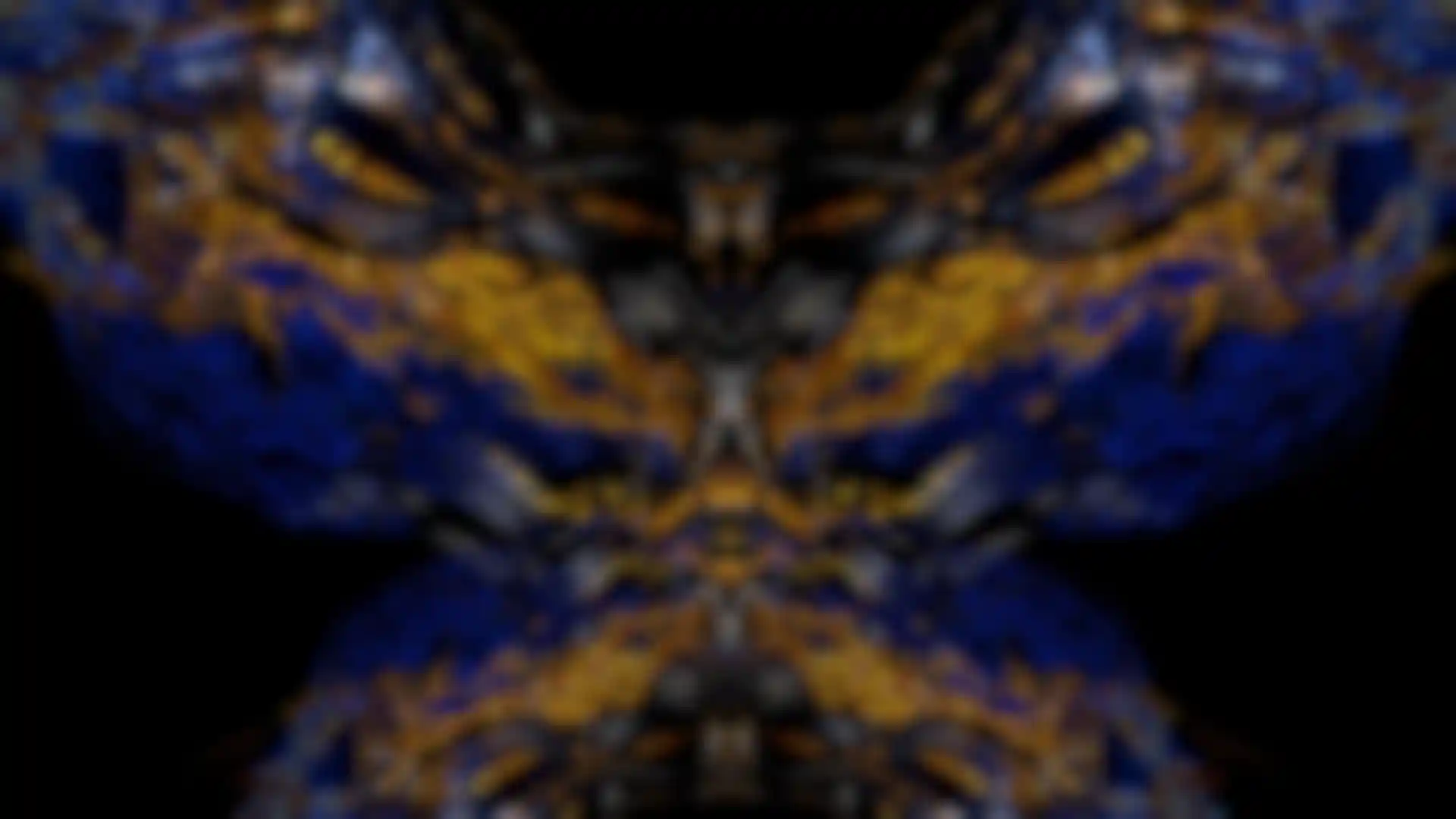
The pitch struck a chord with Grande Experiences and once the score was agreed, I was unleashed on the project, spending about eight weeks of professional time at 77 Productions and 600 hours of personal time making this dream come true.
Describe your role in the project and tell us about your workflow.
Patch: I was entrusted to drive and create the project with the support of Gary Moynihan, head of creative design at Grande Experiences. I was involved from pitch concept, creative direction, storyboarding and style frames to animation and rendering.
The large-scale canvas was immersive from the outset—360 degrees with completely blended floors, ceilings and mapped objects, using over 140 state-of-the-art projectors with amazing color rendering and a spatial audio system. Some animation composition sizes were over 8000 x 2000, so the visual impact promised to be incredible and helped shape the visual direction, choreography and timing of the piece.
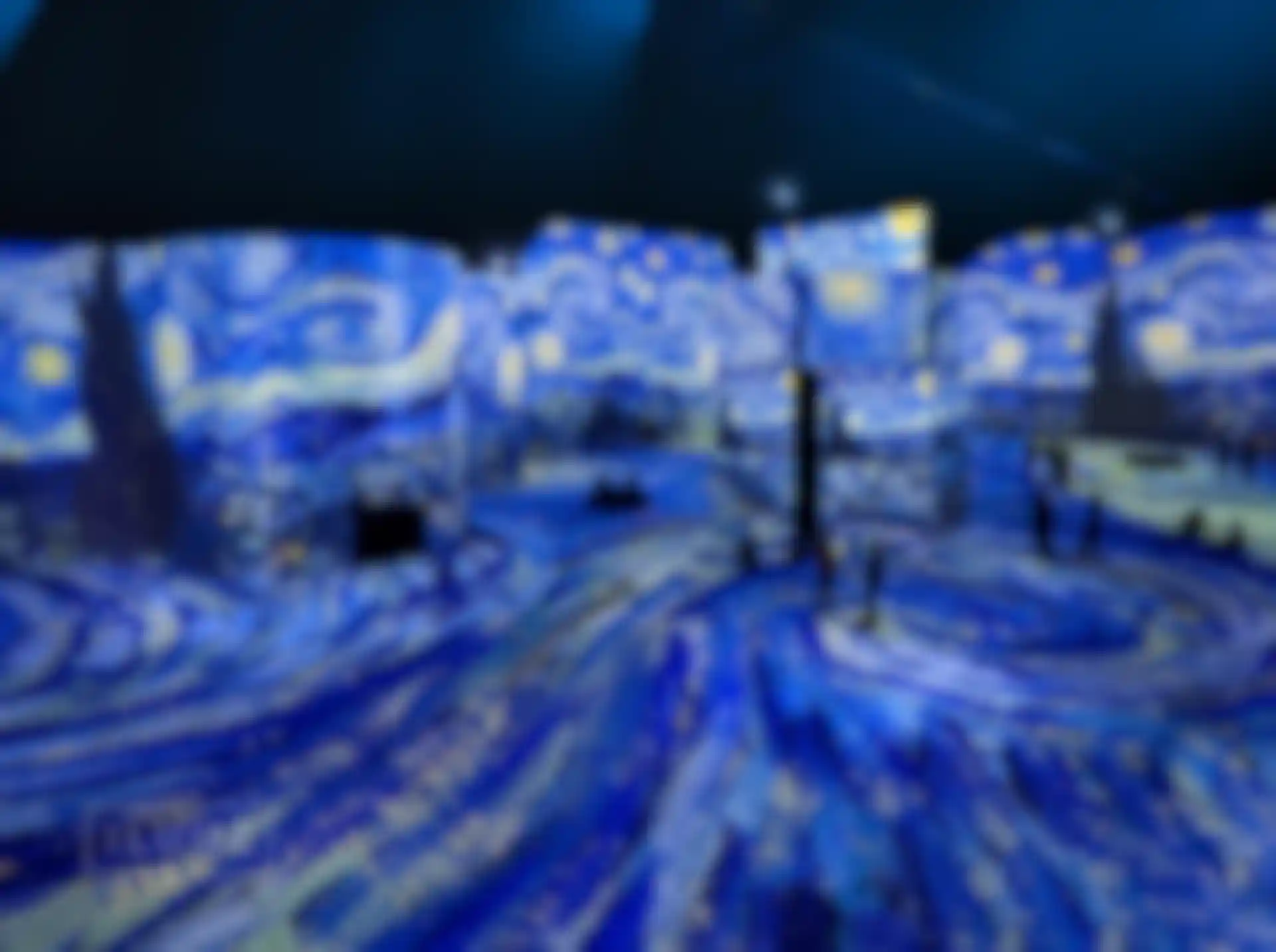
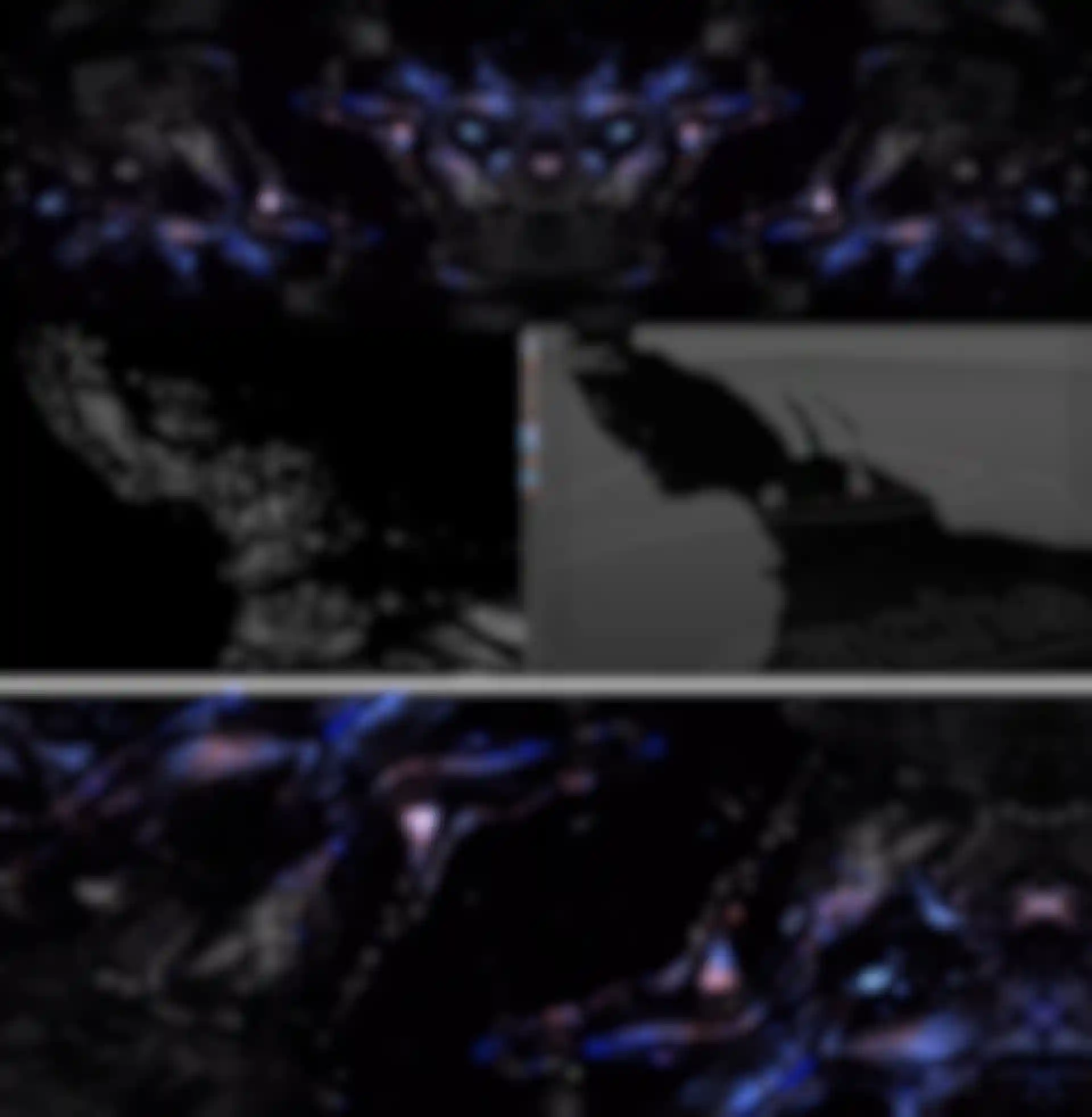
With the spec, concept and score in place, I began to develop the style frames. I always use a mix of Cinema 4D, Adobe Illustrator, Photoshop and After Effects to help me plan for 3D projects. Those programs allow me to figure out incredible techniques and approaches, so I don’t have to figure it all out in 3D, which is a huge time-saver for production and budgets.
For this project, I knew I wanted to use 3D fluids to reflect and refract Van Gogh's work, so Cinema 4D was instrumental in figuring out the visual concept. For example, when I moved the Wheatfield with Crows painting around the clear fluids in a dark empty environment, it filled the clear fluid with color in a way that I couldn’t believe. Those type of discoveries are why I do what I do.
I created dozens of fluid sims (120 fps) using Cinema 4D, X- Particles, Realflow and Redshift. I utilized After Effects to do most of my heavy compositing and visual effects. I use that method constantly, so I knew before I started that this was the best technique for me to use for all my different design challenges.
What are some of your favorite effects in “A Colourful Dream?”
Patch: I love to use RealFlow in Cinema 4D, and the color-blending concept seemed like a perfect opportunity to use some clear slow-motion fluids that encounter the colors from Van Gogh's paintings.
There is a collection of Van Gogh’s work behind the fluid, reflecting and refracting through the image with the help of Cinema 4D. I felt that was the best way to showcase his work without showing the art itself. Colors are sampled from The Starry Night, Sunflowers, Irises, and Cafe Terrace at Night, as well as other paintings in the exhibition.
I enjoy trying counterintuitive ideas and using the flexibility of Cinema 4D to manipulate elements in surprising ways. I fell in love with reversing the flow of slow-motion fluid, so there are times in the animation where I ignore gravity by making colorful fluids travel up the walls instead of flowing down. It instantly changes the emotion of the visual and makes it feel even more like a surreal dream sequence.
To create mesmerizing visuals I mixed apophenia with Rorschach‘s inkblot tests. The ink blot tests were made using Cinema 4D renders that I composited in After Effects. During production, I created dozens of random patterns using 3D fluid/smoke dynamics. I found that it makes the viewer think that they are seeing something within the visuals like a moth or a bird, human faces, evil creatures, animals and even ancient gods.
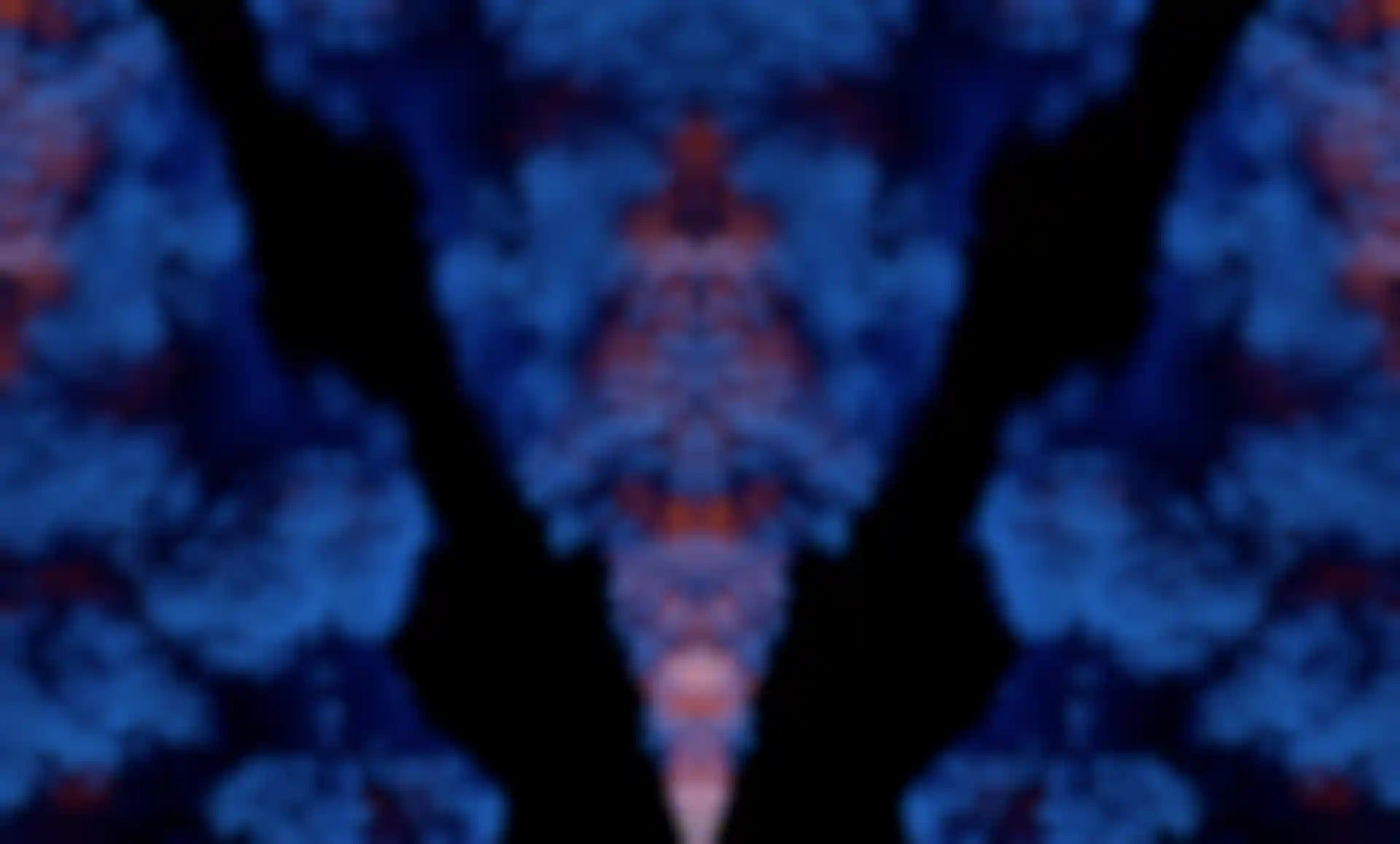
What did you hope the audience would experience?
Patch: I wanted the viewer to feel like they were physically standing in the mind of Van Gogh, watching his dream with him, a cerebral experience filled with his colors. Finding a flow for the animation to travel throughout the huge space was a massive challenge. It was like figuring out a giant animation puzzle, and I loved every moment of it. We did a bunch of testing at Grande Experiences' location in Melbourne, which allowed me to realize how to best affect contrast, color and overall brightness in the room.
If you stand in different spots within the huge space, you will notice that the movement (speed, color, direction, time) is different, but the visuals still sync to the score. The music is such a big part of this featurette, and for me it is the heartbeat of the project. I used the score to dictate the manipulation of the time and speed of the flowing elements. Visually slowing down time and ramping it back up adds the crucial connection between the score and visuals.
What’s next for you?
Patch: I’m currently at home in Florida working on a new exhibition piece. In the NFT space I’m excited about the launch of SPRFLY, an NFT Animation Series, created with Cinema 4D.
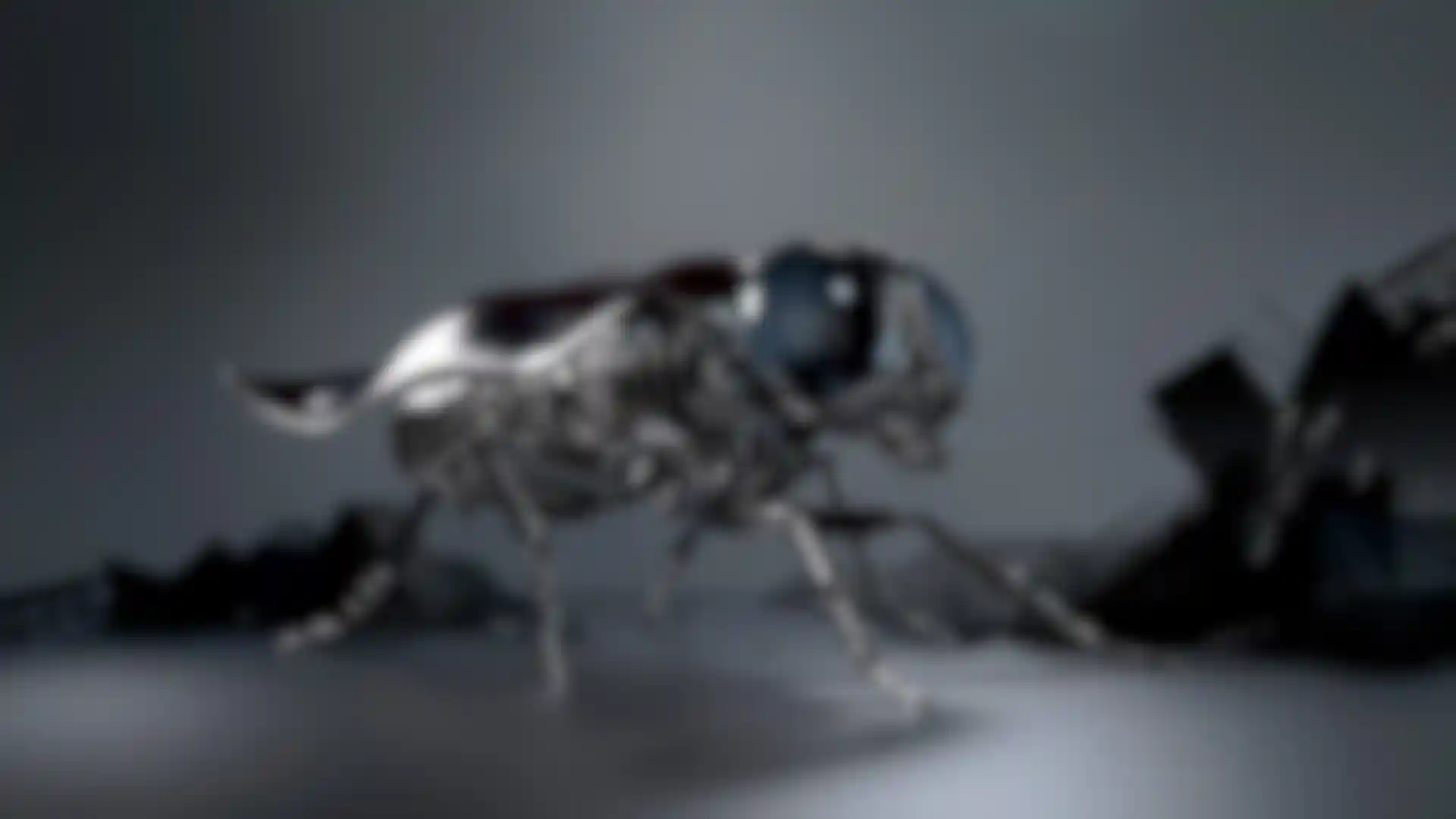
Credits:
Exhibition Artist / Mark Patch
Campbell Vandersluys / Producer
Azam Abdullah / Motion Artist
Bob Bradley / Composer
Thomas Balmforth / Composer
Special thanks / Smith Brothers Media
